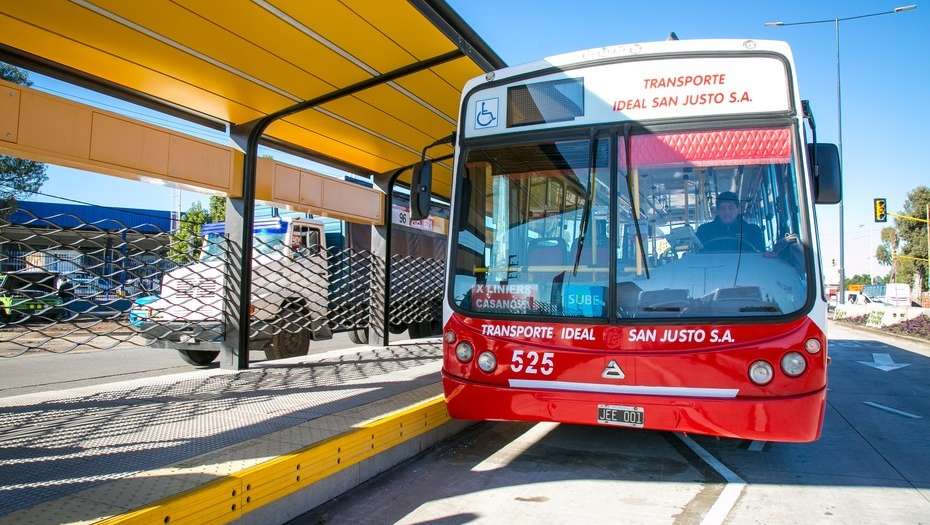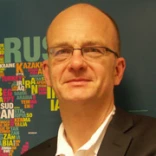
Photo credit: Ministry of Transport, Argentina
I recently participated in the inauguration of the Metrobus in Matanza, 30 kilometers from the center of the city, and I was very impressed with the urban transformation this important transport project has generated. In one of the more disadvantaged areas of the metropolitan area, the connectivity resulting from this project, with 16 kilometers of exclusive bus lanes, is like a breath of fresh air for the city.
Where before there were people dodging cars and walking along dirt paths, today there are sidewalks with ramps and stoplights for safe crossing. I saw how the neighbors can walk easily between stores on the avenue, crossing the street safely at crosswalks towards the bus stops, where they can wait comfortably.
The National Route 3, originally designed for trucks and other commercial traffic, is being transformed into an urban avenue stimulating commerce in the area, attracting more businesses and families and revitalizing the neighborhood. Now children will be able to travel more comfortably and safely to school, a mother will arrive more quickly to work, or to the doctor, and will have more time to share with family.
This connectivity will provide access to more opportunities for the residents of Matanza, one of the most populated municipalities in Argentina. The new route will reduce average travel times by a third. Most importantly, Metrobus travelers will have greater access to more work opportunities that were previously too far away. This means that workers will have more options when looking for employment, since the accessibility is not determined by distance but rather the time it takes to get there.
The heart of the project will be the multimodal transfer center located at the far end of the Metrobus in the intersection with the rail line Belgrano Sur. What was once a disordered intersection will be transformed into a center for administrative offices and control center, stores, parking and areas for bikes and motorcycles. This will change the way that residents move in the region, allowing commuters to travel on bike to the station and then continue their trip from there in train or Metrobus.
This investment made by the Ministry of Transport, with financing from the World Bank under the Urban Transport in Metropolitan Areas project, prioritizes the role of public transport for travelers, promotes urban development focused on the people that most need it, and incentivizes more efficient, equitable and sustainable urban mobility. The World Bank is proud to be able to support these sustainable development efforts of Argentina, that seek to reduce inequalities and generate more opportunities for all of its residents.


Join the Conversation